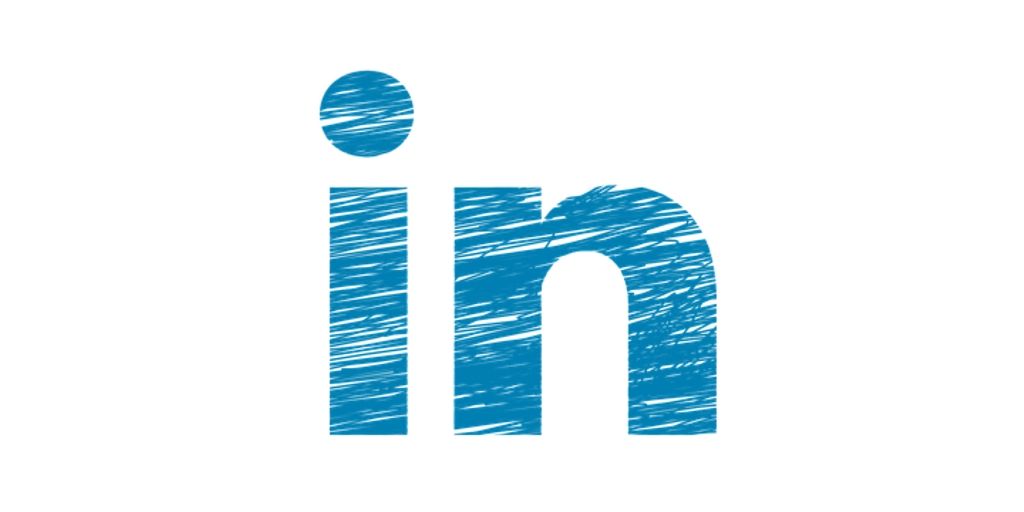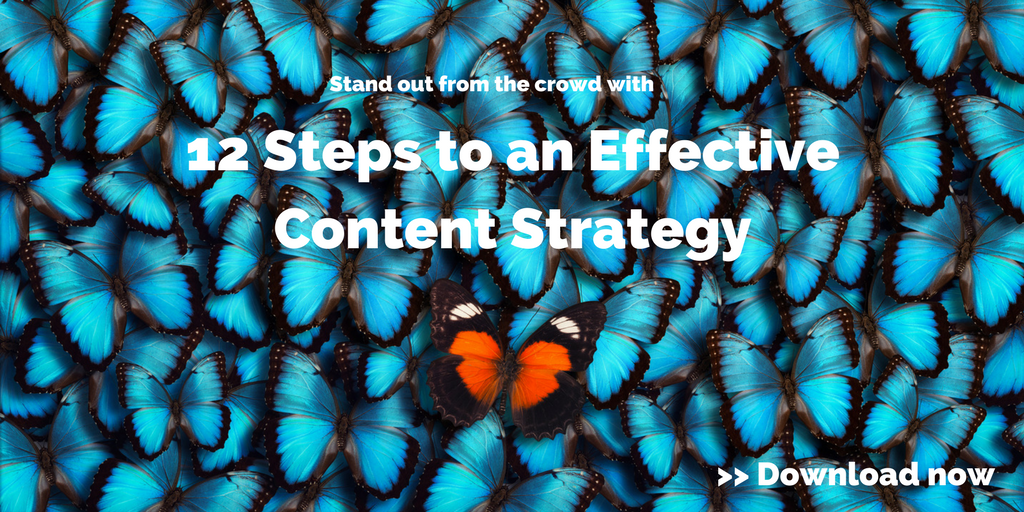As other social networks face unprecedented controversy, LinkedIn is still the best professional social media tool. But too many Supply Chain professionals aren’t getting the most from it.
This guest post comes to us from Argentus Supply Chain Recruiting, a boutique recruitment firm specializing in Supply Chain Management and Procurement.
Awhile back, following Microsoft’s acquisition of LinkedIn, we wrote an article asking “Is LinkedIn in Trouble?” In that post, we identified a few shortcomings that we thought threatened to detract from its user promise as being premier social network for professionals. It was full of spam content that had no relevance to anyone, let alone people looking to network, and it had a somewhat faulty search functionality.
A few years on, and the network is still thriving. A recent article in the New York Times caught our attention, and has us revisiting where LinkedIn stands in today’s social media landscape – for job candidates, hiring managers, and people looking to network in general. Titled, “Why Aren’ Talking About LinkedIn?”, it examines some of the controversies around other social networks, and how LinkedIn has managed to steer clear.
Twitter has gained a reputation for trolling and harassment. Facebook, for its part, has gained a reputation for allowing its data to be compromised, threatening users’ privacy, and for allowing foreign actors to influence the U.S. election. Meanwhile, LinkedIn soldiers on. It’s not the savviest, smoothest social network experience – not that it ever has been – but it’s still one of the most useful.
We’re recruiters who are highly active on LinkedIn (check out our page there, if you haven’t.) From our perspective, the social network is still highly relevant to the career world, whether it’s researching prospects, finding candidates, looking for a job, or networking.
LinkedIn has taken efforts to modernize, and those efforts have reinforced the network’s core promise – helping people connect in a professional capacity, and share thought leadership – while avoiding the disinformation and harassment scandals that plague other social media platforms of similar size. As the Times puts it, “the site hasn’t proved especially useful for mainstreaming disinformation, for example, nor is it an obvious staging ground for organized harassment campaigns.”
Why has Linkedin avoided these issues? A few things set it apart from other social networks:
- Users communicate in a business-appropriate way. They realize that a future colleague, boss or hire could be reading what they post, so they’re less likely to post polarizing material.
- Similarly, LinkedIn isn’t political. Because it’s restricted to professional or professional-like communication, it’s managed to avoid some of the political filter bubbles common to other social networks. Political ads are banned on the platform.
- The majority (82%) of LinkedIn’s revenue comes from premium subscriptions, rather than advertising, which allows LinkedIn to rely less on mining user data for revenue. LinkedIn certainly holds a tremendous amount of its users’ data, but this might help explain why it’s had fewer data and privacy-related scandals than other social networks.
LinkedIn has been crisis free, and that’s allowed it to continue to chug along, owning the considerable niche that it’s owned since 2003. Other job sites and career apps have flourished – and floundered – in the meantime, but LinkedIn remains.
In 2019, the network has done a lot to address the biggest shortcomings we wrote about before. Spam posts are much reduced. The interface is lean and responsive, having worked out most of the kinks involved in its latest redesign. As the Times article describes, if you go on LinkedIn today, you see promotional content, but you also see a lot of people using the network for thoughtful professional communication. You see a lot of people who use its powerful content creation channels like LinkedIn Publisher and native video to boost their personal brand and generate career opportunities. It’s powerful not just when looking for a job: people use it to connect with possible suppliers, identify talent, learn best practices, network, and more.
Yet so many professionals still aren’t getting the most out of Linkedin.
In Supply Chain and Procurement, which is our area of recruitment specialty, some of the best candidates have highly inactive profiles. They don’t go into detail about accomplishments (e.g. major projects, cost savings, business transformation). Some of these candidates still don’t treat LinkedIn as a vital tool to build their personal brand, and see it more as an “online resume” to be updated whenever they’re looking for a job. Their profiles are almost empty.
We still find those candidates for our clients. Boolean searches are a powerful tool, as is the tried and true method of talking to as many people as possible. But we often wonder: how many other great Supply Chain professionals are out there who don’t put in the small amount of time required to get on our radar by being more active about their personal branding?
Consider your daily time allotted to social media. How much of it goes to networks like Facebook and Twitter? Isn’t it worth it to take a small chunk of that time and post about career-related topics in a more mentally healthy environment, and boost your brand in the process?
Say you’re a specialist. A Strategic Sourcing professional with expertise in facilities and real estate Procurement, or a Supply Chain analyst who’s highly skilled with SAP and other Enterprise Resource Planning (ERP) applications. Those are requirements our clients – some of the top companies in the world – have all the time. By getting more active on LinkedIn, you’re owning your niche, and rising to the top when people search for people with your speciality. Recruiters, but also suppliers, and colleagues. And trust us, people are searching. Every day.
So what small steps can you take to treat LinkedIn more like a marketing tool, and less like a “set it and forget it” online resume?
- If you aren’t connected to many other Supply Chain professionals, expand your network. Most people are open to unsolicited connection requests if they’re not transactional. Reach out to connect with people at interesting organizations, and start conversations that aren’t about looking for a job.
- Share relevant content with your network, with your comments, and attempt to start discussions. LinkedIn has a new “Top News” feature – on the sidebar of the homepage – which can give you some current topics. Pick things that make you think, and share your thoughts. Publications like Supply Chain Dive, SCMDojo, and Procurious have lots of great thought-provoking professional content to look at as well.
- Think about publishing an article or two through LinkedIn Publisher. What big issues or changes are you facing in your Supply Chain practice? What are you most excited about? A longer-form article can help you organize your thoughts and show off expertise.
- Make sure that your profile has relevant accomplishments, and detailed keywords related to your niche (e.g. the categories you work on in Procurement).
- Be persistent, but not relentless. The LinkedIn algorithm – in our experience – tends to reward people who are more active. But don’t post all over the place indiscriminately – pick and choose topics about which you have something to say.
But this is just the tip of the iceberg. If you’re a Supply Chain or HR professional, how is LinkedIn is working for you in 2019, either in looking for jobs, or hiring? Let us know in the comments!
Related posts:


